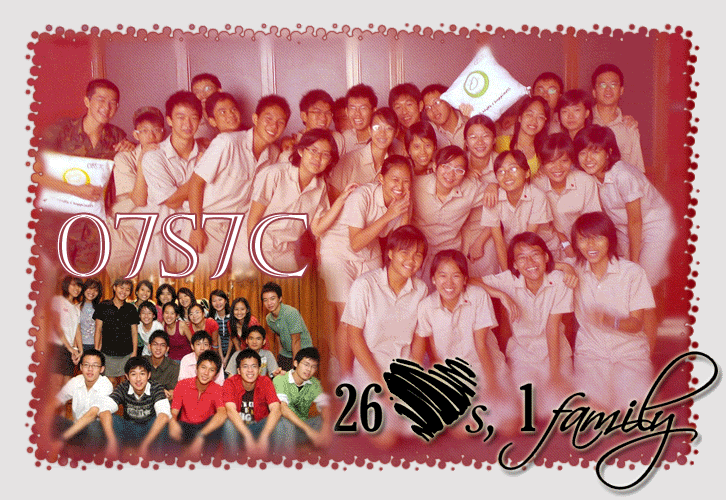chem bonding
Shermy the Chemmy makes his debut appearance today! *clap clap clap*
Hi I am Shermy the Chemmy, and i'm here to clarify your doubts and take you into the wondrous world of chem! *clap clap clap* Thankew thankew, so shall we go on? Today, we had our final (yay!) lecture on chem bonjing. As many of you raised eyebrows, scratched the head lice of your head, pulled your cheeks till you look like a bulldog in desperation at questions left unanswered during lecture, Shermy the Chemmy hereby presents you: Fun Stuff for Bonding! YAY!
- Why do ionic compounds generally have higher MP than metals?
When an ionic compound is melted, enough electrostatic attractions have to be broken to allow small clumps of ions to slide past each other in a molten state. As electrostatic attractions generally require much energy to break, the MP of ionic compounds is usually high. In metals, the cations are held in a regular arrangement by virtue of electrostatic attractions between the mobile electrons and metals. When a metal melts however, electrostatic attractions are just weakened enough to allow the cations to gain enough kinetic energy to slide past one another, hence melting a metal needs relatively less energy and thus has lower MP than ionic compounds.
- Why does silicon not form discrete molecules for silicon dioxide but carbon does in carbon dioxide?
Silicon is from the next period from carbon and oxygen, thus has one more quantum electron shell, which makes the atom larger. When carbon and oxygen react, the carbon forms a sigma bond with oxygen first. As the 2p orbitals of carbon and oxygen are around the same size and smaller than sulphur, the sigma bond is short enough to allow a side on overlap of another p orbital forming a pi bond. This allows formation of a discrete molecule.
Silicon however, when it reacts with oxygen, it uses its 3p orbital. As the orbital is significantly larger than that of oxygen, the sigma bond is longer than that between carbon and oxygen. The bond length is too long to allow comfortable side on overlap of 3p and 2p orbitals. Moreoever, the different sizes of the 3p and 2p orbitals make formation of a pi bond more difficult. Thus Silicon prefers to form all sigma single bonds with oxygen in an extended structure. FYI carbon dioxide DOES form the giant covalent structure, called carbonia, but it is energetically unfavourable and forms back to normal gas form easily.
- Then, why can sulphur form sulphur dioxide??
Sulphur forms 2 double bonds with 2 oxygen, but didn't we agree that 3p-2p overlap is difficult? It IS difficult but not impossible. For Si, it can easily hybridise 3s and 3p to form sp4 which makes it easy to form 4 sigma bonds of good overlap with oxygen. for sulphur, hybridisation is more complicated as it may need d orbitals, so using pi bonding is more favourable now.
- So why does sulpur form 8-ring molecules but oxygen forms diatomic molecules?
When two period three atoms sigma bond, the bond length is longer than that for a period 3 and a period 2, meaning that an S-S bond is longer than an S-O bond. So after S-S bond is formed, side on overlap of 3p orbitals is even harder to achieve, so might as well save the trouble and use all sigma single bonds to maximise the overlap possible.
- Then why is sulphur 8-ring? Why not 6-ring (like carbon is cyclohexane)?
Sulphur is large, so a 6-ring might pose serious space problems. 8-ring happens then, to be the first arrangement where the spacing of S atoms is far enough to not stress the bond and the bond angles. FYI sulphur does form S7 and S12! S7 is what makes sulphur yellow. So kewl.
- But phosphorus is 4 member molecule! And it is a period 3 too!
This is actually white phosphorus, the least stable phosphorus. Because of the number of bonds phosphorus needs to form, this molecule can exist, but the angle strain due to the size of the atoms make this unstable and highly reactive. White phosphorus burns easily in air.
Red phosphorus, the more stable matchstick form, is in a network arrangment, which means less strain on the bonds, and higher stability.
- Why does carbon dioxide have higher melting point than chlorine gas?
I'm not sure about this. My guess is that carbon dioxide, although held by WEAK LONDON DISPERSION FORCES (not pd-pd. pd-pd needs a polar molecule. my old teacher taught me wrongly )= ), may be more polarisable than chlorine molecule since it is in a longer shape than chlorine, and maybe due to it's polar bonds too. MP(actually Sublimation point) of dry ice is -78*C chlorine is -101.5*C
We wrote history at 21:26.

